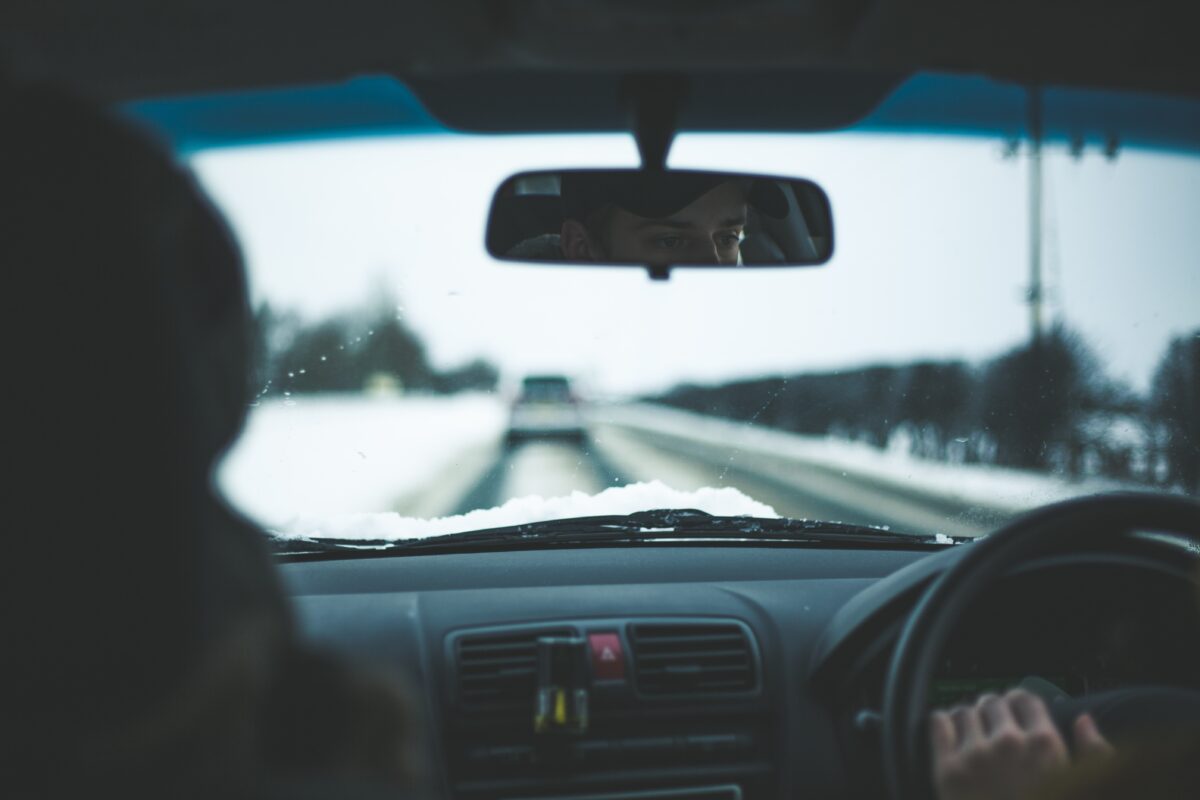This article is from Property and Casualty magazine, By Danielle Ling | July 24, 2018 at 03:36 PM
Summertime: school is out, children are at play, and for some reason or another, distracted driving is at its peak, as new research from Travelers and TrueMotion shows.
In their study, researchers at TrueMotion, a leading smartphone telematics platform, analyzed the behavior of more than 20,000 drivers from January 2017 to May 2018. The results found that drivers spent less time looking at the road and more time looking at their phones during the months of June, July and August, more than any other time of the year.
With this information in hand, experts at Travelers are working to warn drivers about the increased risks of distracted driving.
As technology develops, new cars are made safer year after year. Despite this adoption of safer technologies, vehicular deaths continue to rise. A major explanation for this is distracted driving, which Rafi Finegold, VP of Product and Experience at TrueMotion, says is an obvious takeaway from the data study.
Travelers and TrueMotion research found that on average, nearly 40% of drivers are distracted for 15 minutes or more per hour driven during the summer. The study results also found that nearly 10% more distracted driving happens in summer through June, July and August than any other season.
Many employees (43%) say they respond to work-related communications (phone calls or emails); 38% say they always need to be available for their bosses, making this a big issue for employees and employers.
Why are we so distracted?
So, why can’t the phone wait?
According to the study, 61% of respondents say they respond to texts, emails and calls while driving because there may be an emergency. Roughly a quarter (23%) say they pick up the phone in fear of missing out on something.
What’s interesting is that 85% of respondents acknowledge that driving while using personal technology is risky, but 25 % say they believe they can do so safely.
To explain the rise in distracted driving in the summer months, Finegold offers two hypotheses. One is a change in demographic profiles on the road. School’s out, and more high schoolers and younger drivers, who are statistically a more dangerous demographic, are more active on our roadways.
The second hypothesis Finegold suggests focuses on a change in travel patterns. More drivers are going on vacations and day trips with more passengers in the car, breaking away from their typical routine, and taking alternate, unfamiliar routes.
Every second matters
Vehicular deaths are the number one cause of death of young people in the United States, and distracted driving continues to be a major contributor to these fatalities.
Looking at the numbers, Woodward says she and her colleagues at Travelers were extremely concerned about the continued increase in policy prices and vehicular deaths related to distracted driving. In an effort to save lives and spread awareness, Travelers launched its Every Second Matters campaign in the summer of 2017 to combat distracted driving.
The initiative of Every Second Matters recognizes that every driver, passenger and pedestrian has a role to play in changing social norms around distraction. The campaign’s mission is to drive change with data and research through its many partnerships, and to empower others to drive and walk present.
“The bottom line reason why we’ve taken this on is because the fatality rates are through the roof,” says Joan Woodward, executive vice president of Public Policy at Travelers and president of the Travelers Institute.
“Pedestrian fatalities are also through the roof. There’s a toxic mix of both distracted drivers and distracted pedestrians that can intersect to create deadly accidents. Almost 6,000 pedestrians died in vehicular accidents last year. It is a crisis.”
So maybe it’s time to put the phone down and limit our activity in the car to simply driving!!?

